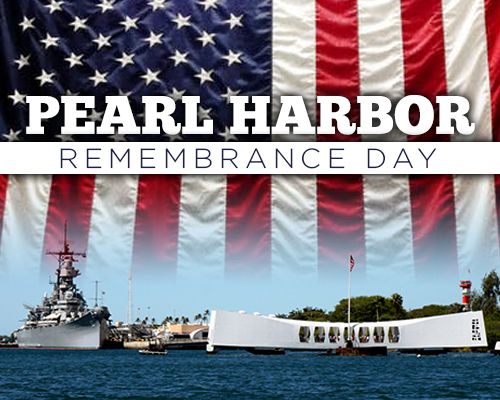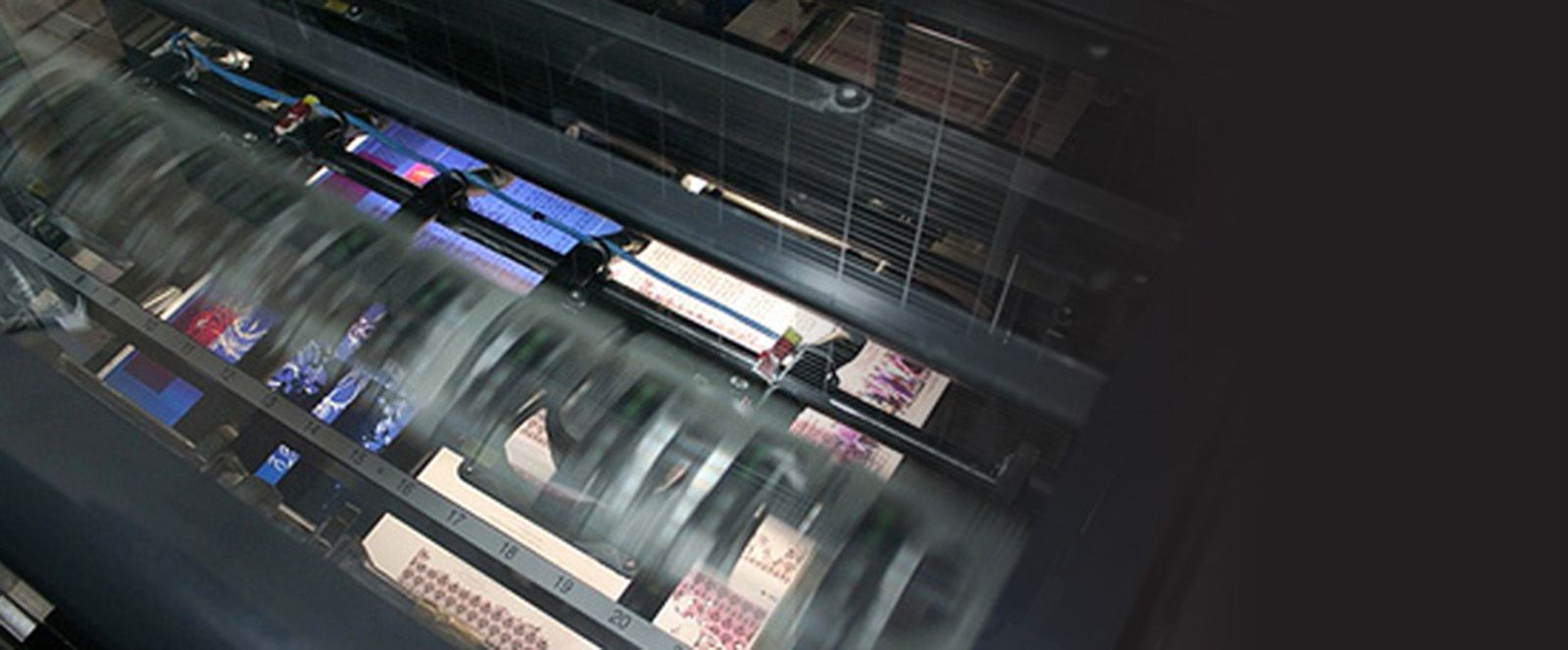
“Yesterday, December 7th, 1941—a date which will live in infamy—the United States of America was suddenly and deliberately attacked by naval and air forces of the Empire of Japan.”
President Franklin Roosevelt, December 8, 1941.
The world was changed forever once the first Japanese bombs were dropped on Sunday morning, December 7, 1941. America had adopted a strict isolationist approach to the Second World War. High tensions resulted from the increased Japanese expansion into China and the surrounding Asian countries. To ensure that the United States would not be a threat to its continued Pacific dominance, the Empire of Japan planned to destroy the Pacific Fleet at Pearl Harbor. Six Japanese aircraft carriers sailed to within 300 miles of the Hawaiian Islands and launched their sneak attack on Pearl Harbor at dawn. 343 Japanese fighters, bombers, and torpedo planes attacked in two waves a few minutes before 8:00 a.m.
People who lived on the island at the time as children described the waves of Japanese aircraft as a group of angry mosquitoes. They were so close to the ground that they could see the pilot’s faces as they flew over their rooftops.
The American battleships were Japan’s main target outside of our aircraft carriers. All eight neatly lined up in Battleship row were damaged, and four were sunk. The USS Arizona suffered a direct hit to its forward magazine storage and exploded - sinking instantly. 1,177 sailors died in her wreckage, including 23 sets of brothers.
Giant pillars of oily, black smoke billowed miles high. Men and women on the ground during the attack would describe the waters all along battleship row being filled with men, oil and fire. Thankfully, none of our aircraft carriers were in the harbor that day. They escaped the destruction completely and would go on to participate in major victories in the coming conflict.
2,043 Americans died at Pearl Harbor that morning, with another 1,100 wounded. In addition to the naval vessels that were damaged or sunk, 188 American aircraft were destroyed. The attack proved to be the deciding factor in America entering World War II and changing the face of history for decades to come. President Roosevelt declared war on Japan the next day. Seemingly overnight, the American population flipped a switch and a swell of national pride and intent spearheaded a drive to not only fight in a war, but to defeat the enemy completely.
In December of 1941, America was the 14th ranked military power in the world behind Sweden. By the end of World War II we were a world leader and continue to dominate the military landscape in 2017. Once dormant factories were put into use, jobs created and an entire nation put its energy and resources into the war effort.
Almost all of the ships damaged or sunk at Pearl Harbor were raised, minus the USS Arizona, and six of the battleships returned to active service before the end of World War II. The USS Arizona remains in the mud where it sank. It serves as a memorial to those lost on that Sunday morning.
The 75th Anniversary of the attack was held in December of 2016. Only a fraction of those who lived and served during that time remain, but their stories will live on and help us to never forget those events that helped changed a nation – and the world.
ATTACK ON PEARL HARBOR FACTS
1. Pearl Harbor was NOT the beginning of the Pacific War.
Japan had been at war with China for nearly four and a half years by the time December 1941 occurred. The Japanese considered Pearl Harbor a supporting attack with the main blow directed against Malaya, the Philippines and the Dutch East Indies.
2. Pearl Harbor was an extremely risky operation for the Japanese Navy.
Japan sent their entire fleet of six carriers and support craft across the North Pacific, refueling while at sea. This was considered highly dangerous in the usually rough weather of the Pacific and directly lead to the United States thinking such an attack would be impractical.
3. Japanese submarines were supposed to play a major role in the attack.
Five 2-man subs tried to sneak into the harbor early that morning but failed. One was sunk an hour and a half before the Japanese airplanes arrived. This nearly cost the Japanese the element of surprise.
4. Pearl Harbor was both a success and a failure for Japan.
The attack successfully removed the American deterrent and allowed Japan to move forward with its conquest of Malaya, the Philippines and the Dutch East Indies. However, since the American aircraft carriers were not destroyed, all the attack ultimately succeeded in doing was convincing the American people to back the war effort with every fiber of their being.
Stay up to date by subscribing to our mailing list.

